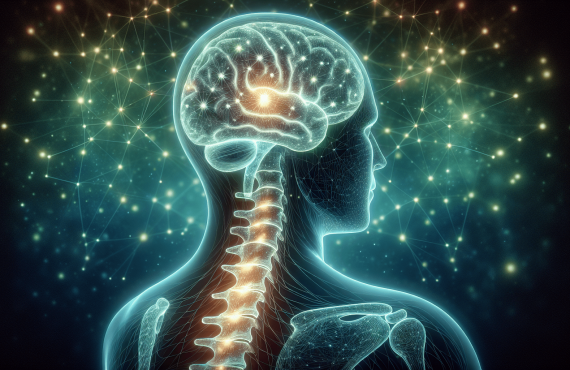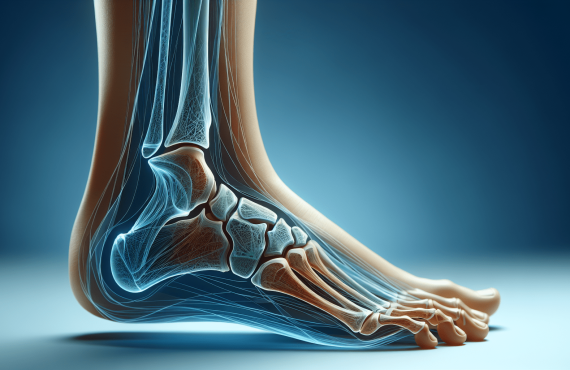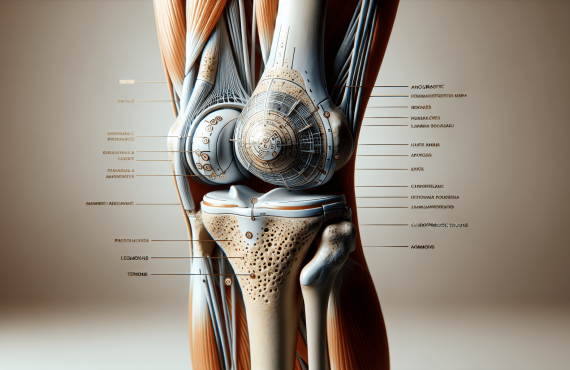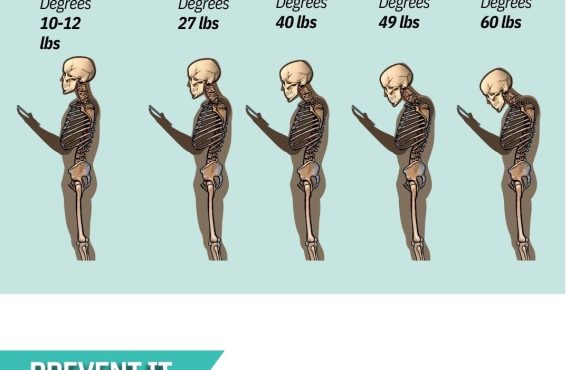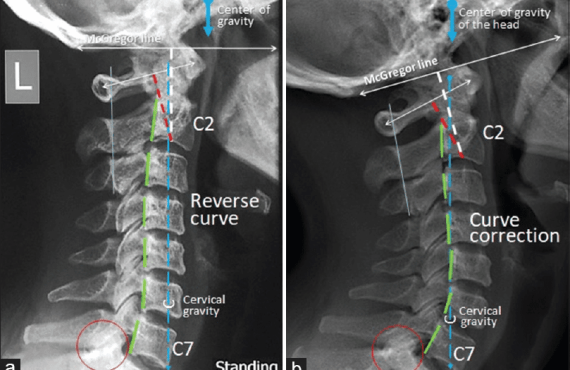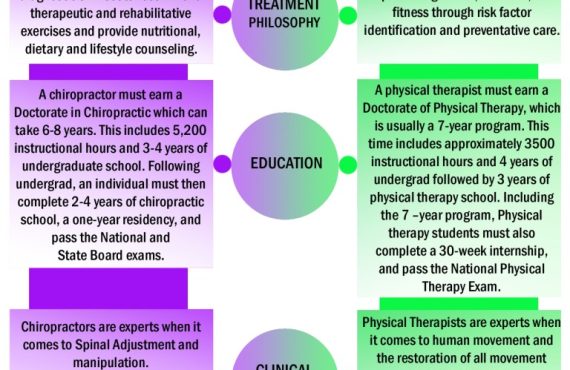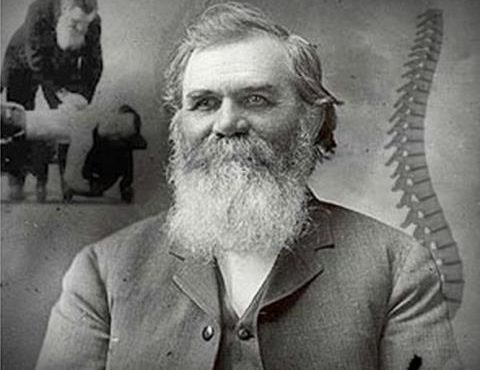If you’re looking for a chiropractor in Pensacola, Florida, look no further than Henry Chiropractic. Owned and operated by Dr. Craig Henry, this clinic is dedicated to improving the health and wellness of its patients through chiropractic care. Back pain, neck pain, and general discomfort can all be addressed with Dr. Henry’s expertise. But it’s not just about the treatments – the importance of patient education in chiropractic cannot be understated. With a team that includes Dr. Aaron Hixon, a Florida native with a passion for helping others, Henry Chiropractic goes above and beyond to ensure that patients understand the benefits of chiropractic care and are empowered to take an active role in their own wellness journey. So, if you’re ready to start feeling better and want to learn more about chiropractic, Henry Chiropractic is here to guide you every step of the way.
Table of Contents
Understanding Chiropractic Care
Chiropractic care is a form of alternative medicine that focuses on the diagnosis and treatment of musculoskeletal disorders, particularly those related to the spine. Chiropractors use manual adjustment techniques to manipulate the spine and other joints in the body, with the aim of alleviating pain, improving function, and promoting overall health and wellness.
How does Chiropractic Care Work?
Chiropractic care works on the principle that the body has the ability to heal itself, given the right conditions. By using manual adjustment techniques, chiropractors aim to correct misalignments in the spine, known as subluxations, which can interfere with the body’s natural healing processes. By restoring proper alignment, chiropractic adjustments can help relieve pain, reduce inflammation, improve nerve function, and restore overall body function.
Benefits of Chiropractic Care
Chiropractic care offers a range of benefits for patients of all ages and conditions. Some of the key benefits include:
- Pain Relief: Chiropractic adjustments have been shown to effectively alleviate pain associated with musculoskeletal conditions such as back pain, neck pain, and headaches.
- Improved Function: By restoring proper alignment and function in the spine and other joints, chiropractic care can improve mobility, flexibility, and overall physical performance.
- Enhanced Well-being: Chiropractic care takes a holistic approach to health, focusing on the whole body rather than just the symptoms. This approach can help improve overall well-being and promote a healthier lifestyle.
The Role of Patient Education
Patient education plays a vital role in chiropractic care, empowering patients to actively participate in their own health and well-being. By providing patients with accurate and relevant information about their condition, treatment options, and preventive measures, chiropractors can enhance patient compliance, engagement, and satisfaction.
Empowering Patients through Education
Educating patients about their condition helps them understand the underlying causes of their pain or discomfort, and how chiropractic care can help address those issues. By empowering patients with knowledge, they can make informed decisions about their treatment options and actively participate in their own care.
Importance of Informed Decision-Making
Informed decision-making is crucial in any healthcare setting, including chiropractic care. By educating patients about different treatment modalities, potential risks and benefits, and expected outcomes, chiropractors enable patients to make decisions that align with their personal goals and values.
Enhancing Patient Compliance and Engagement
When patients are well-informed about their condition and treatment plan, they are more likely to comply with recommended therapies and actively engage in their own care. Patient education can help patients understand the importance of follow-up appointments, lifestyle modifications, and self-care strategies, leading to improved treatment outcomes.
Key Topics in Patient Education
To effectively educate patients, chiropractors cover a range of key topics, including:
Anatomy and Physiology
Understanding the basic structure and function of the human body is essential for patients to comprehend how chiropractic care can benefit them. Chiropractors explain the importance of the spine and nervous system in overall health and well-being.
Common Conditions Treated by Chiropractors
Chiropractors educate patients about common musculoskeletal conditions that can be effectively treated through chiropractic care. This includes back pain, neck pain, headaches, joint pain, and sports injuries.
Principles of Spinal Adjustment
Chiropractors explain the principles and techniques used in spinal adjustment. They educate patients on the benefits of restoring proper alignment and improving spinal function.
Benefits of Patient Education
Patient education has several advantages, such as:
Empowering Patients to Actively Participate in Their Own Care
By equipping patients with knowledge and understanding, they become active participants in their own care. This leads to a more collaborative and effective treatment process.
Improved Treatment Outcomes
When patients are educated about their condition and treatment options, they are more likely to comply with therapies, leading to improved treatment outcomes. Informed patients are also more likely to adopt preventive measures, reducing the risk of future issues.
Prevention of Future Issues
Patient education emphasizes the importance of preventive measures such as proper posture, exercise, and nutrition. By educating patients on these aspects, chiropractors can help prevent future issues and promote long-term wellness.
Effective Strategies for Patient Education
To ensure effective patient education, chiropractors employ various strategies, including:
Clear Communication and Layman’s Terms
Chiropractors use clear and concise language to explain complex medical concepts in layman’s terms. This ensures that patients fully understand their condition and treatment options.
Visual Aids and Explanations
Visual aids such as diagrams, models, and videos can greatly enhance patient understanding. Chiropractors use these tools to explain the anatomy of the spine, the adjustment process, and the expected outcomes of treatment.
Encouraging Questions and Active Participation
Chiropractors actively encourage patients to ask questions and actively participate in their own education. By creating an open and supportive environment, patients feel comfortable seeking clarification and engaging in discussions about their care.
The Role of Chiropractors in Patient Education
Chiropractors play a crucial role in patient education by:
Providing Accurate and Relevant Information
Chiropractors stay up-to-date with the latest research and evidence-based practices. They provide patients with accurate and relevant information tailored to their specific condition, ensuring that patients are well-informed.
Addressing Patient Concerns and Misconceptions
Chiropractors take the time to address any concerns or misconceptions that patients may have about chiropractic care. They provide reassurance and clarification, helping patients feel more confident in their treatment decisions.
Guiding Patients Towards Resources and Further Education
Chiropractors act as trusted sources of information, guiding patients towards reputable resources and further education materials. This enables patients to continue their learning beyond the clinical setting and take a proactive approach to their health and well-being.
The Impact of Patient Education on Patient Satisfaction
Patient education has a direct impact on patient satisfaction due to several factors, including:
Building Trust and Rapport
By providing valuable education, chiropractors build trust and rapport with their patients. When patients feel heard, understood, and well-informed, they are more likely to be satisfied with their care.
Reducing Anxiety and Fear
Education helps alleviate anxiety and fear that patients may have about their condition or treatment. By understanding the rationale behind each step in their care plan, patients can approach their treatment with confidence and peace of mind.
Patient Testimonials and Success Stories
Patient education often includes sharing testimonials and success stories from other patients. This inspires hope and confidence in patients and reinforces the effectiveness of chiropractic care.
Challenges and Barriers to Patient Education in Chiropractic
While patient education is crucial in chiropractic care, there are challenges and barriers that need to be addressed, including:
Time Constraints in Appointments
Chiropractors often have limited time during appointments to provide extensive education to patients. Finding efficient ways to deliver information within these time constraints is essential.
Language Barriers
Patients from diverse cultural and linguistic backgrounds may face language barriers that hinder their understanding of chiropractic concepts. Chiropractors should be equipped to provide education in a patient’s native language or utilize professional interpreters.
Limited Access to Educational Materials
Some patients may have limited access to educational materials or reliable internet resources. Chiropractors should consider providing printed materials or recommending trustworthy sources for patients to continue their education.
Incorporating Patient Education into Chiropractic Practice
To overcome these challenges and incorporate patient education effectively, chiropractors can:
Integrate Education into Treatment Plans
Chiropractors can create individualized treatment plans that include specific education components. By setting aside dedicated time to educate patients, chiropractors can ensure that education is an integral part of the overall care process.
Utilize Digital Resources and Technology
Digital resources such as educational videos, online articles, and interactive websites can supplement in-person education. Chiropractors can recommend or provide these resources to patients, allowing them to access information at their convenience.
Collaborate with Other Healthcare Professionals
Chiropractors can collaborate with other healthcare professionals such as physical therapists, nutritionists, and exercise specialists. By working together, they can provide holistic education that covers various aspects of a patient’s well-being.
Conclusion
Patient education plays a crucial role in chiropractic care, empowering patients to actively participate in their own health and well-being. By providing accurate information, addressing concerns, and guiding patients towards further education, chiropractors can enhance treatment outcomes, prevent future issues, and promote overall wellness. Continuous education for both patients and chiropractors is essential to ensure the lasting impact of patient education in chiropractic care.








